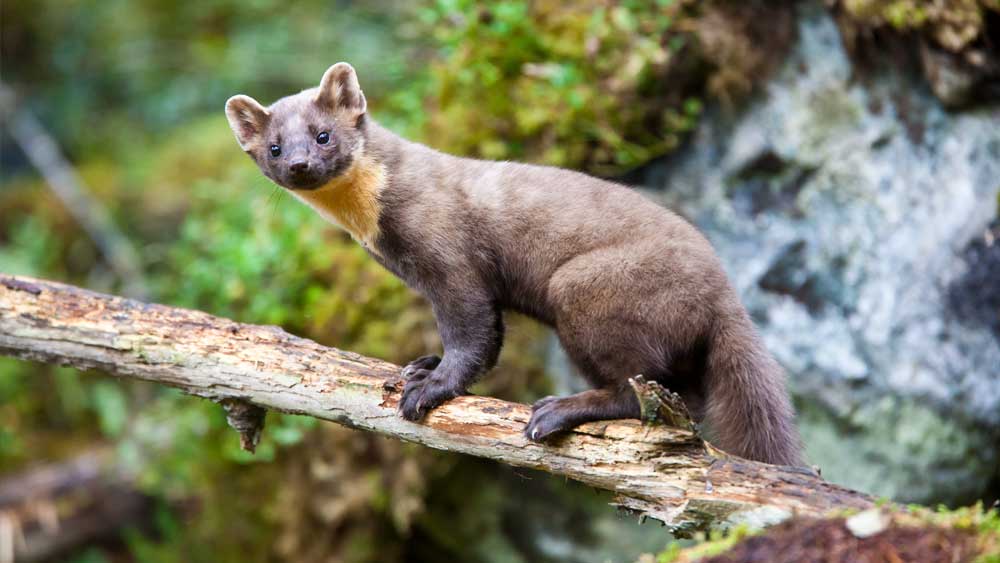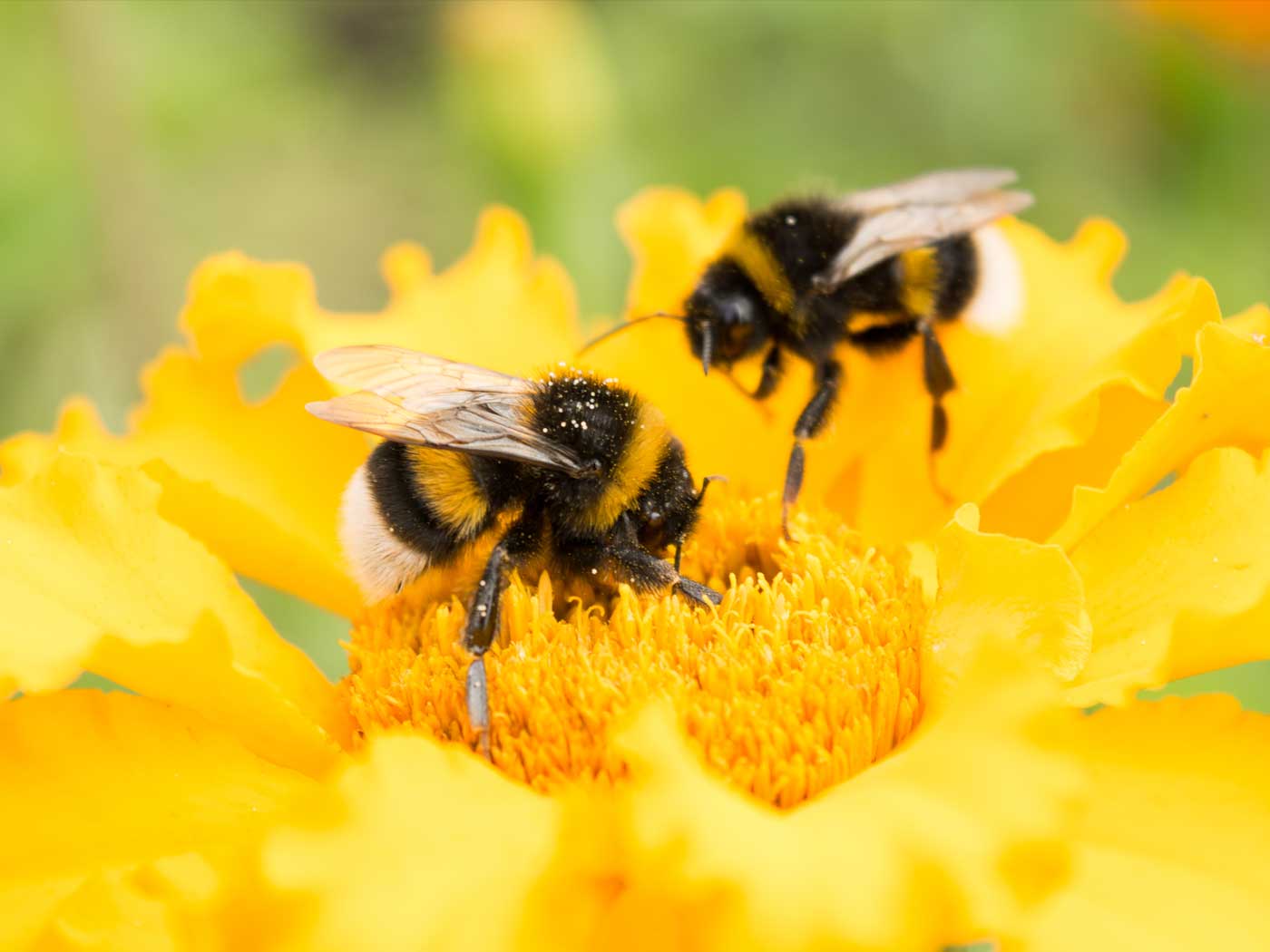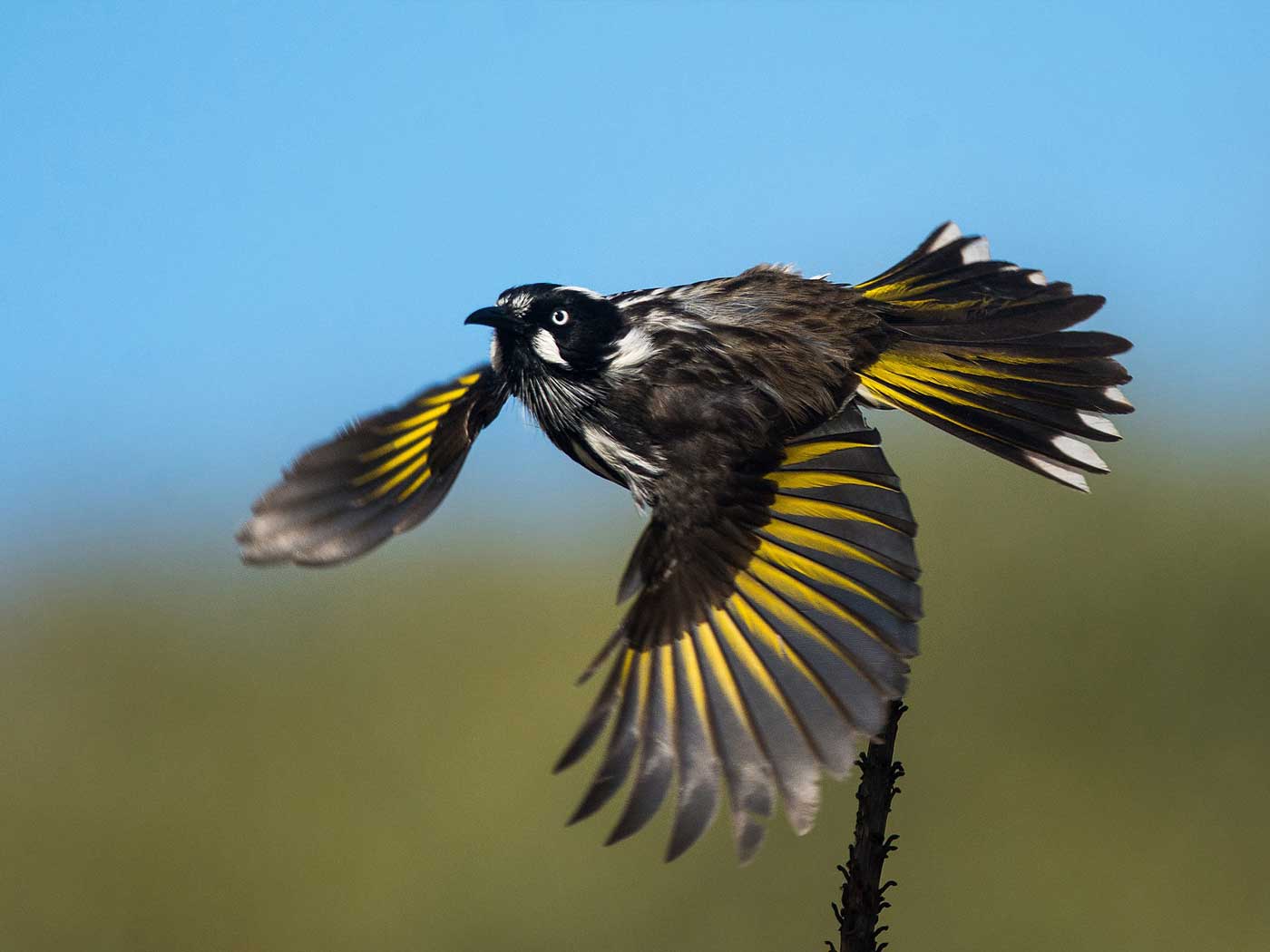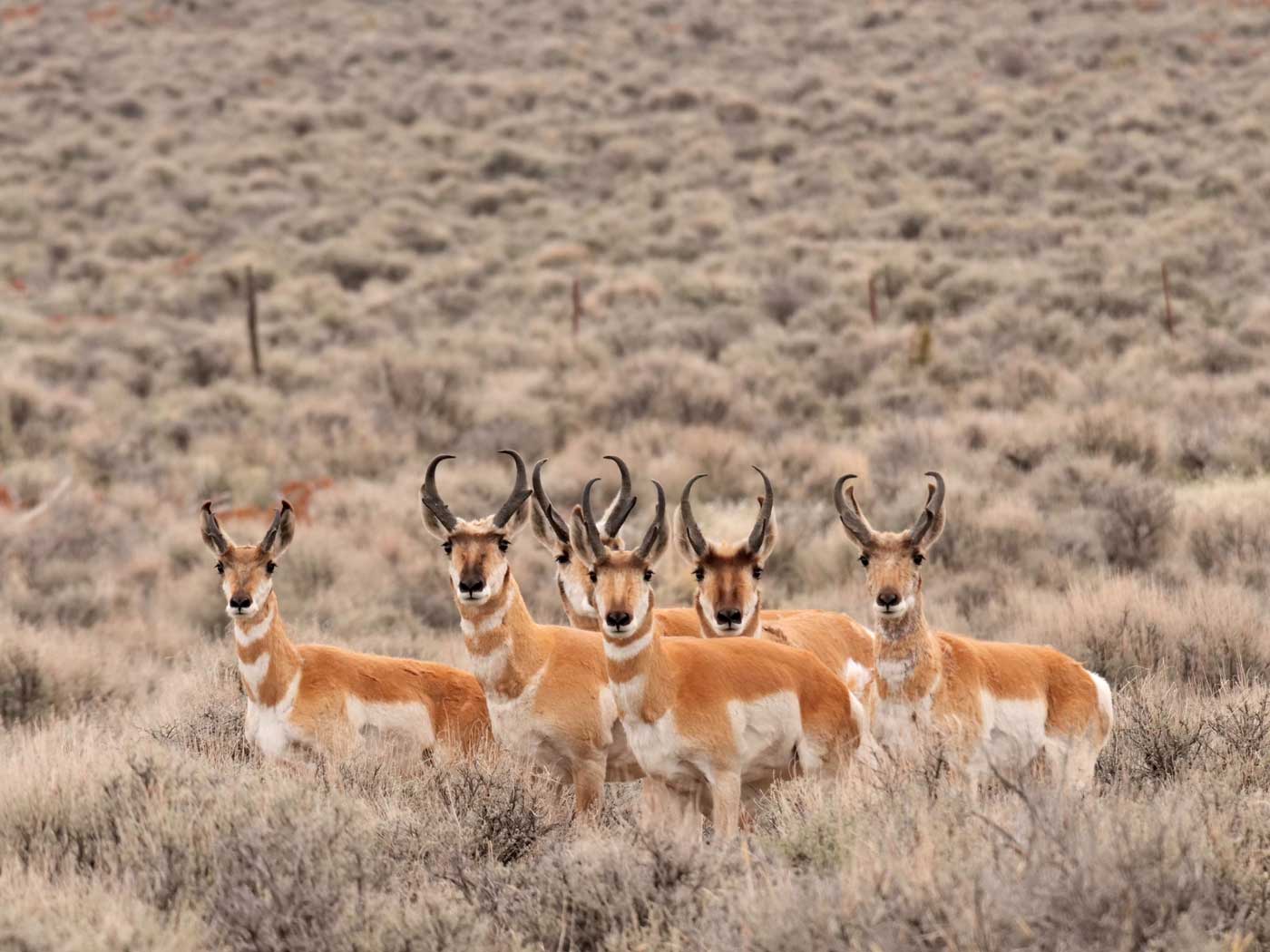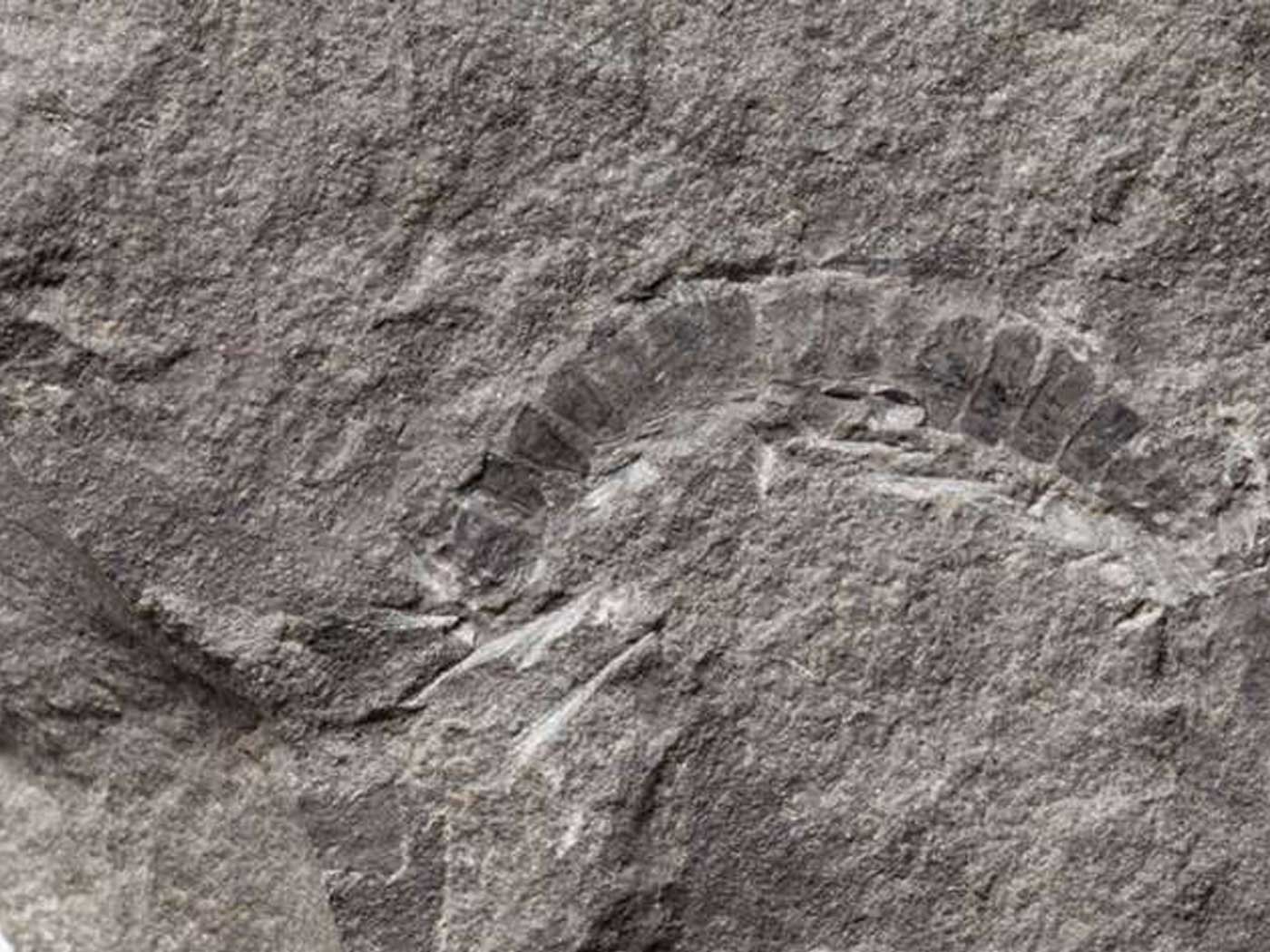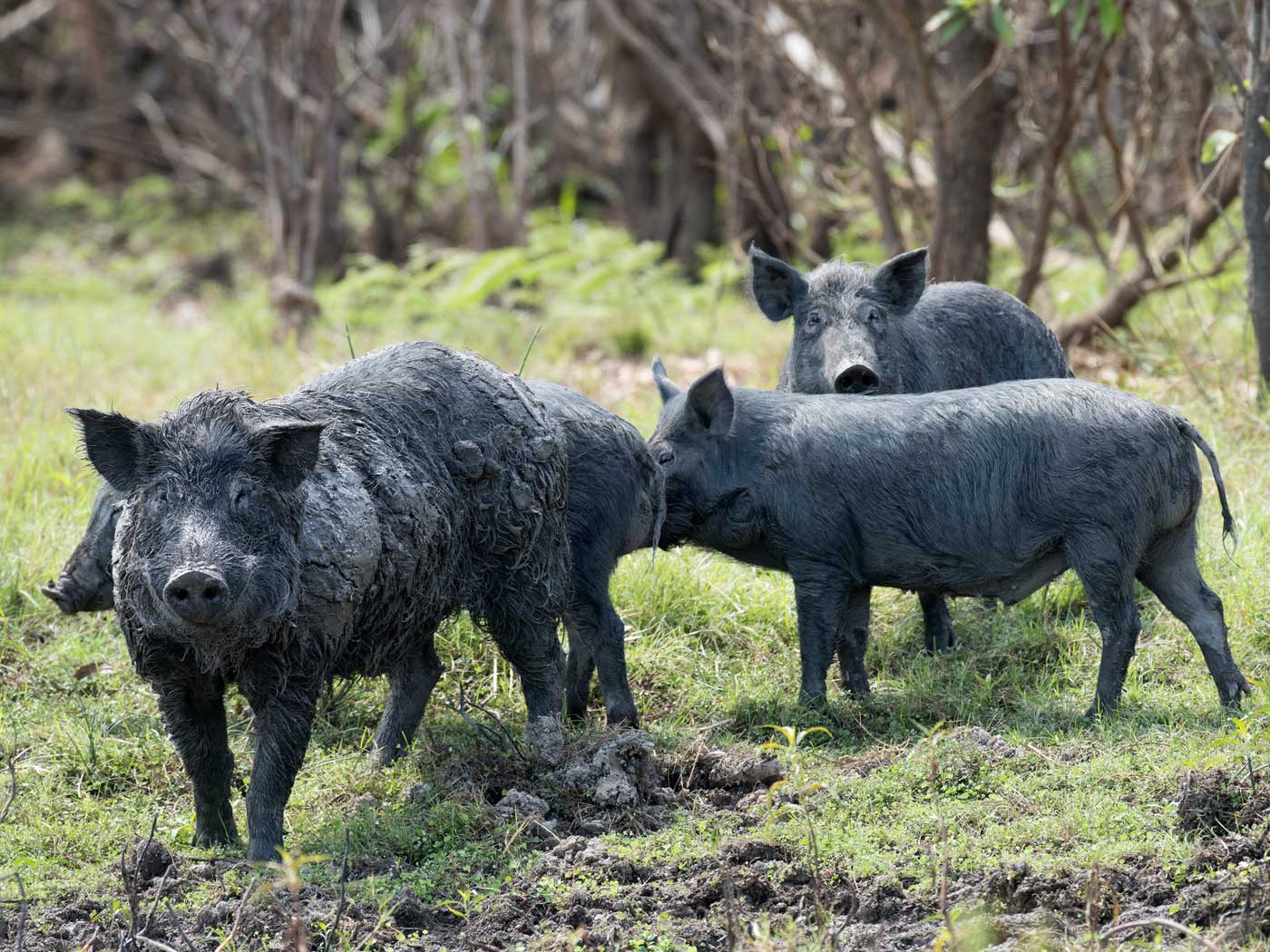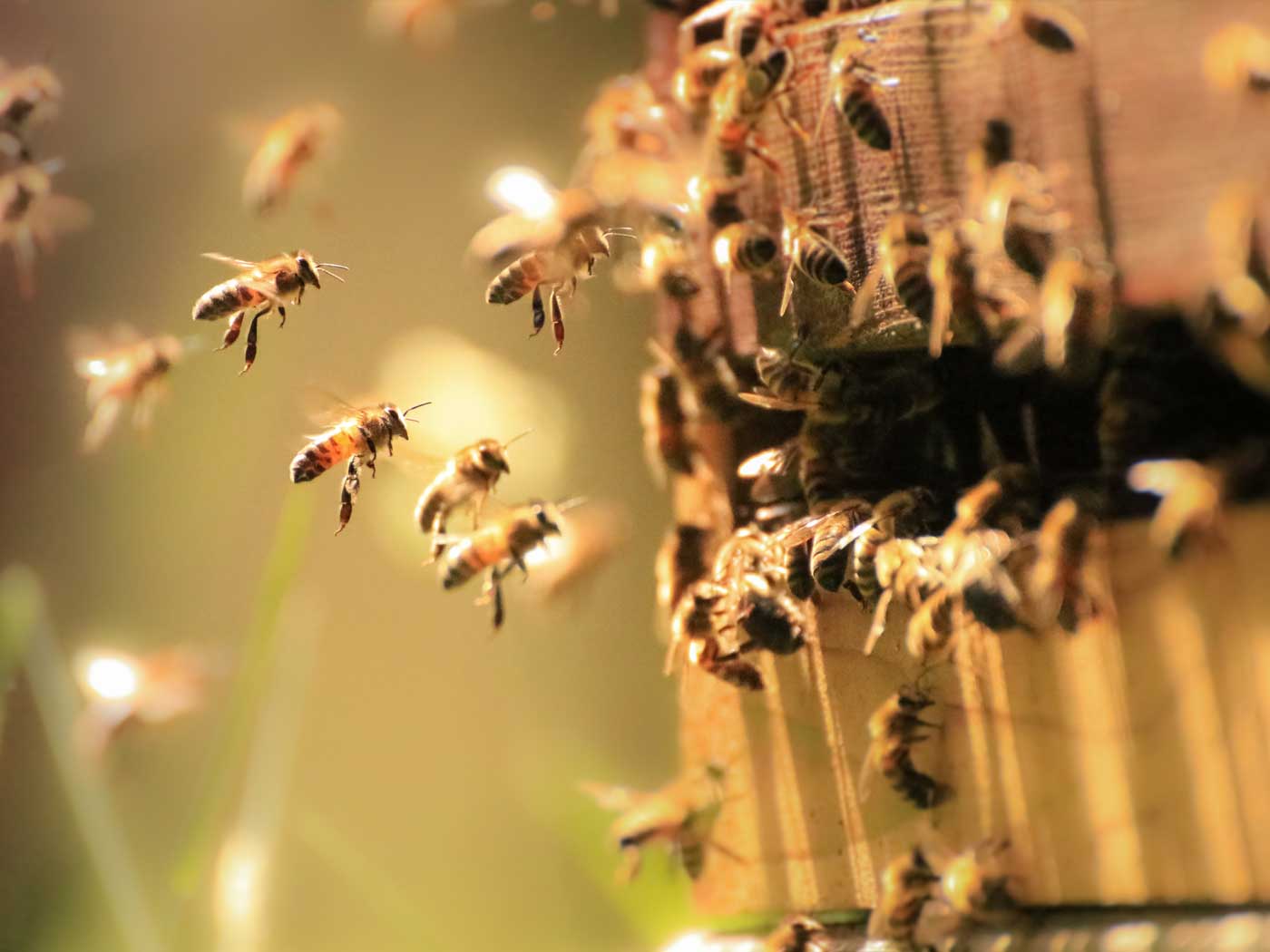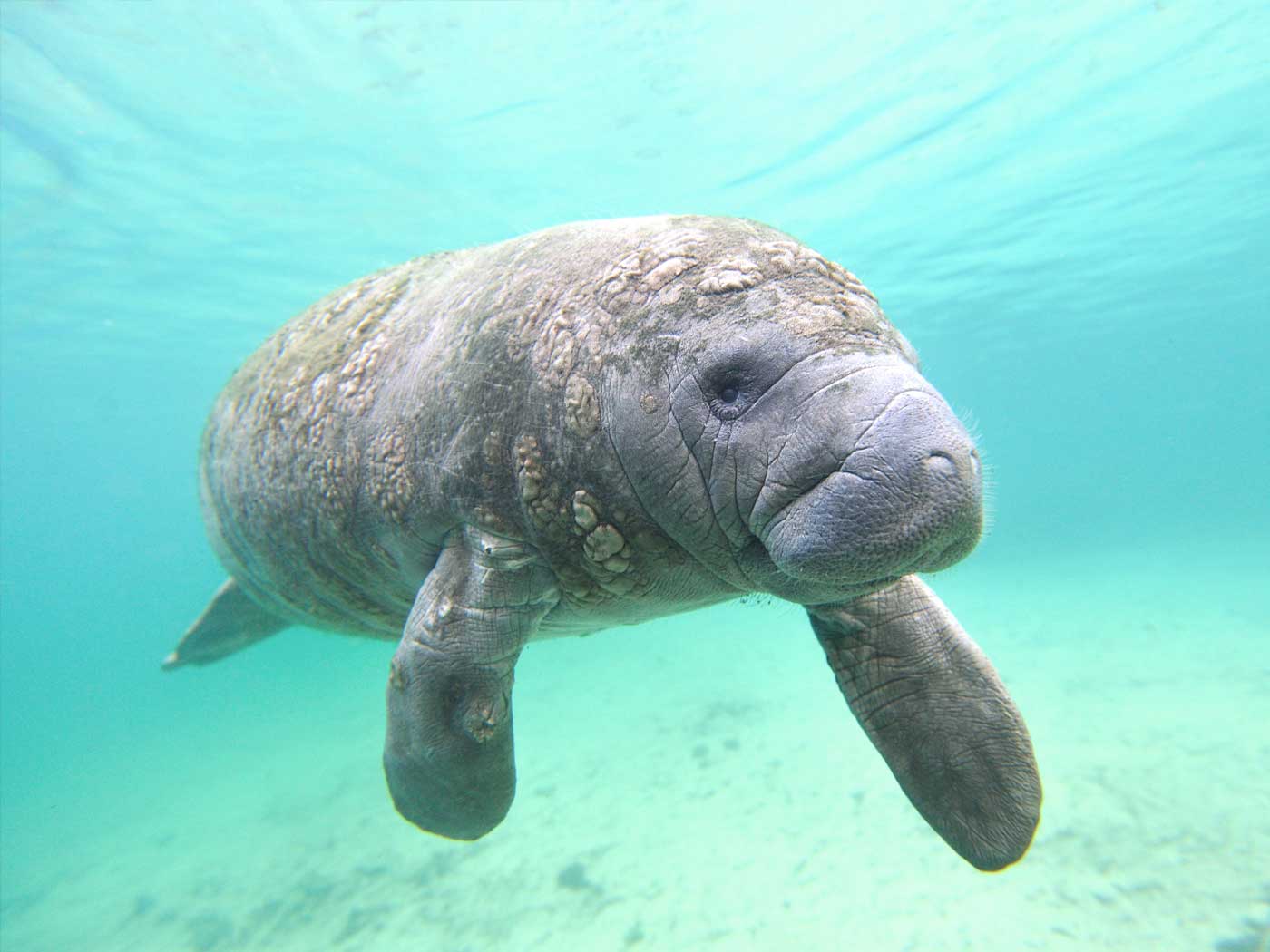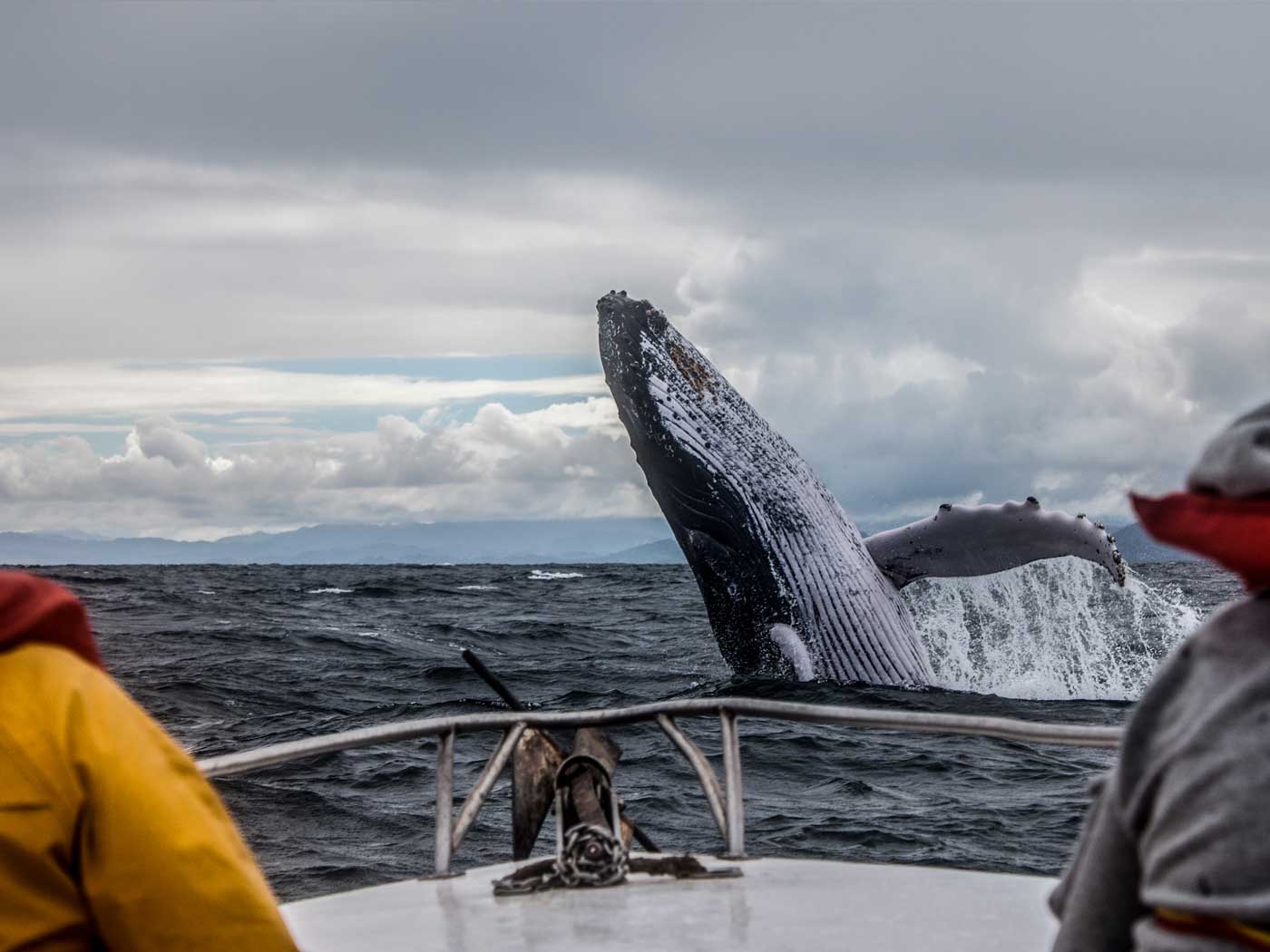European pine martens are weasel-sized, smaller than many domestic cats, and move about in woodlands. Many have tracked ranges that average about 2,350 acres, a range of slightly more than 3.5 square miles.1,2
In 2015, the researchers captured 39 pine martens in Scotland, fit them with location-tracing monitoring collars, and then released them into new territories within Wales. The team followed them for a year as the creatures “explored their new home in Welsh forests.”1 Then, in 2016, the researchers released a second group of pine martens “alongside the previously released animals.”2
The research studied overlapping ecological interactions, such as where the martens went and how they interacted with squirrels in their new habitats. The project was led by Dr. Catherine McNicol of the University of Exeter, assisted by Vincent Wildlife Trust ecologists.
Dr McNicol's analyses have shown that the pine martens spent some time exploring their new habitats before settling into solitary territories, but that having pine marten neighbours helped them settle more quickly.1
The martens investigated their new settlement territory before establishing their routine ranges, perhaps exploring more before settling down in to a new habitat.
In the first release, when there were no other pine martens nearby, the new arrivals roamed long distances over two weeks before settling into their chosen territory—often close to the point where they were released.1
The first individuals to be released into a new area may be more likely to leave the vicinity of release sites, due to the inherent absence of resident conspecifics and/or lack of mating opportunities.2
The first individuals to be released into a new area may be more likely to leave the vicinity of release sites, due to the inherent absence of resident conspecifics and/or lack of mating opportunities.2
However, when later martens were introduced to the same territories, the late-comers staked out their personal space more quickly, adjusting to their marten neighbors’ homesteads.
The following year, when more pine martens were released in the same area, the new cohort established territories within a week, but further away from the release point.1
The presence of conspecifics may be beneficial at low densities, and founding individuals might discriminate less between habitat types and instead favor proximity to other founder members and the establishment of a “neighborhood.”2
The presence of conspecifics may be beneficial at low densities, and founding individuals might discriminate less between habitat types and instead favor proximity to other founder members and the establishment of a “neighborhood.”2
According to project leader Dr. McNicol,
Although they defend solitary territories vigorously, pine martens depend on their neighbours when deciding where to set up home. Releasing martens near to others promoted rapid settlement. Using scent-marking as their main way of communication, newly-released martens can figure out which bits of woodland are occupied by other individuals and then set up home nearby. This behaviour results in a patchwork-quilt of new territories spreading across the Welsh countryside.1
Having been taken from Scottish forests, these pine martens are now thriving in Welsh forests, where they often feast on woodland rodents such as voles, squirrels, and deer mice.1
The second major part of the University of Exeter’s project research involved studying how the new pine marten populations impact preexisting squirrel populations.1,3 The researchers found that “resident grey squirrels increased their ranging behavior significantly in the presence of pine martens.”1 Dr. McNicol said, “The martens created a ‘landscape of fear’ for the grey squirrels, changing their behavior to avoid predation.”1
Before the arrival of the transplanted pine martens, grey squirrels had tended to dominate woodland neighborhoods over native red squirrels.3 However, the predation-avoidance impact of the new pine martens upon the grey squirrel populations has allowed red squirrels to recover territories.1,3
These studies bolster earlier studies that show how small-to-medium-sized mammals are making a population comeback in Great Britain. This is due to conservation practices that facilitate reestablishment of diminished populations into suitable habitats, to recover from decades of displacement. These conservation practices include captive breeding followed by protective reintroductions into wild habitats.
Reintroductions have been proposed and implemented as measures to combat the decline of carnivores worldwide. In Great Britain, several native mammalian carnivores have experienced historic declines as a result of predator control, environmental contaminants, deforestation, and demand for fur …. Current efforts are being made to reverse these declines. Since the midâ€20th century, considerable recoveries in the ranges and populations of otter Lutra lutra, polecat Mustela putorius, badger Meles meles, and pine martens Martes martes have arisen largely through combinations of increased legal protection, changed control practices, reduction in pollution, and habitat enhancement.2
Once again, caring and careful conservation can produce success stories—with pine martens as well as with trumpeter swans, as was previously reported by ICR.4
Squirrels in different varieties (whether grey, red, albino white, or whatever), despite often being prey to many carnivorous predators, are serious survivors as a group. Squirrels are hardy, resourceful, speedy, agile, and multiply quickly, filling their respective habitat niches in their part of the earth.5
Both pine martens and squirrels exhibit God’s glory, for those with eyes to see it.6
References
1. Staff writer. Pine Martens Like to Have Neighbors—But Not Too Near. University of Exeter. Posted on Exeter.ac.uk May 15, 2020, accessed June 9, 2020.
2. McNicol, C. M., D. Bavin, et al. Postrelease Movement and Habitat Selection of Translocated Pine Martens [Martes martes]. Ecology and Evolution. DOI: 10.1002/ece3.6265. Ironically, despite the title of the journal, the published research documented a lot of fact-based ecology, but no fact-based evolution.
3. “Grey squirrel range size and daily distance travelled increased significantly with increasing exposure to martens but we found no effect of marten exposure on the recapture probability (i.e. apparent survival) of the sampled [Sciurus carolinensis] squirrels within the study time frame. This is suggestive of contemporary, nonâ€lethal effects changing the ranging or foraging regimes of squirrels, due either to predator avoidance and/or earlier lethal effects associated with a reduction in intraspecific competition.” McNicol, C. M., D. Bavin, et al. 2020. Translocated Native Pine Martens [Martes martes] Alter Shortâ€term Space Use by Invasive Nonâ€native Grey Squirrels [Sciurus carolinensis]. Journal of Applied Ecology. 57(5): 903-913.
4. Regarding the trumpeter swan’s dramatic comeback, see Johnson, J. J. S. Post-coronavirus Comeback or Swan’s Song? Creation Science Update. Posted on ICR.org April 23, 2020, accessed June 9, 2020.
5. Sherwin, F. 2012. Big or Small—Rodents Have Always Been Rodents. Acts & Facts. 41(7): 1. Rodents—such as squirrels, marmots, beavers, prairie dogs, rats, voles, and mice—have their own created dignity, value, and purpose within the big-picture of God’s creation. For an unusual example of rodents used in a providential way, see Johnson, J. J. S. 2016. Evolutionary Naturalism vs. Biblical Providence. Acts & Facts. 45(4): 21. See also Johnson, J. J. S. Norwegian Rats, Archeologists, and Plagues of the Past. Creation Science Update. Posted on ICR.org April 30, 2020, accessed June 15, 2020.
6. Psalm 150:6.
*Dr. Johnson is Associate Professor of Apologetics and Chief Academic Officer at the Institute for Creation Research.




